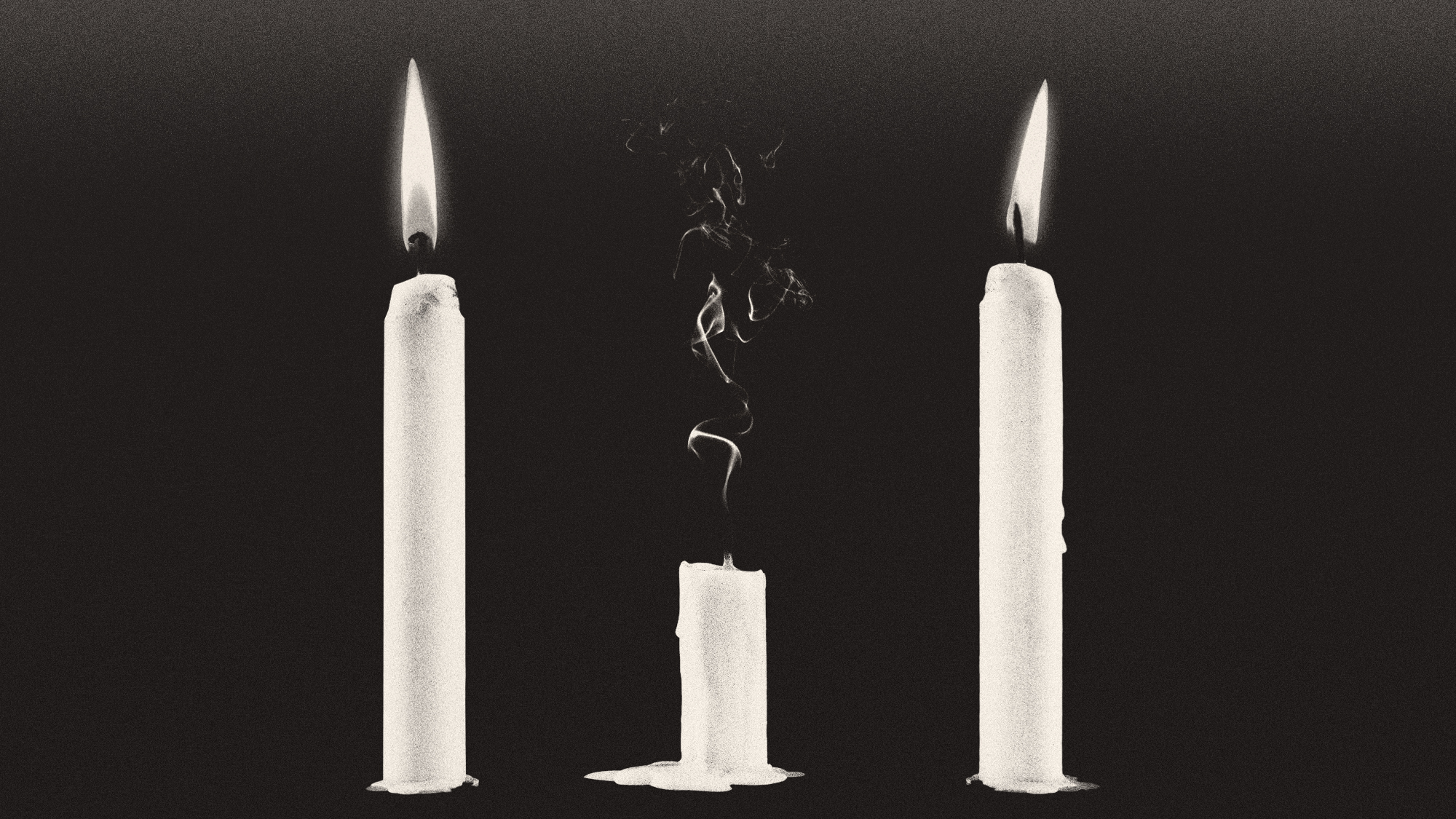William Blake’s World: A New Heaven Is Begun
Blake’s delicate and rarely shown watercolor prints are now on display at the Morgan Library in New York.
Morgan Library, New York
Through Jan. 3, 2010
“For a show titled A New Heaven Is Begun, there’s a helluva lot of hell” on view at the Morgan’s new exhibition of William Blake watercolor prints, said Barbara Hoffman in the New York Post. “Writhing serpents, cloven feet, tortured souls” were all grist for the mill of the visionary English poet and printmaker. Though considered a radical eccentric up to his death in 1827, Blake posthumously came to be seen as a master. By the early 1900s, J.P. Morgan had snapped up many of the watercolor prints that best encapsulated the artist’s apocalyptic religious worldview, and they remain in the collection of his namesake museum. “But since they can fade with the light, they’re put on display only every other generation or so.”
The Week
Escape your echo chamber. Get the facts behind the news, plus analysis from multiple perspectives.

Sign up for The Week's Free Newsletters
From our morning news briefing to a weekly Good News Newsletter, get the best of The Week delivered directly to your inbox.
From our morning news briefing to a weekly Good News Newsletter, get the best of The Week delivered directly to your inbox.
Blake’s burning vision of divine justice drove him to create some of the most gorgeous illuminated texts ever, said Holland Cotter in The New York Times. Many volumes here contain his “difficult to decode” prophecies about world events, but even the strangest of these is worth studying for their glorious imagery. Blake also produced illustrated versions of his own most famous poems—including “Songs of Innocence and Experience”—using gorgeous printing techniques that still aren’t completely understood. Finally, he created stunning interpretations of classic literary and religious texts. The “rock-star Satan” in his Book of Job makes evil seem convincingly “vivid and sexy.” His late editions of two John Milton poems, by contrast, show an inspiring optimism.
“Here happiness is a strapping English rose of a ballerina named Mirth, and joy is a nude sun god wreathed in flames.”
A free daily email with the biggest news stories of the day – and the best features from TheWeek.com
-
If/Then
feature Tony-winning Idina Menzel “looks and sounds sensational” in a role tailored to her talents.
-
Rocky
feature It’s a wonder that this Rocky ever reaches the top of the steps.
-
Love and Information
feature Leave it to Caryl Churchill to create a play that “so ingeniously mirrors our age of the splintered attention span.”
-
The Bridges of Madison County
feature Jason Robert Brown’s “richly melodic” score is “one of Broadway’s best in the last decade.”
-
Outside Mullingar
feature John Patrick Shanley’s “charmer of a play” isn’t for cynics.
-
The Night Alive
feature Conor McPherson “has a singular gift for making the ordinary glow with an extra dimension.”
-
No Man’s Land
feature The futility of all conversation has been, paradoxically, the subject of “some of the best dialogue ever written.”
-
The Commons of Pensacola
feature Stage and screen actress Amanda Peet's playwriting debut is a “witty and affecting” domestic drama.


